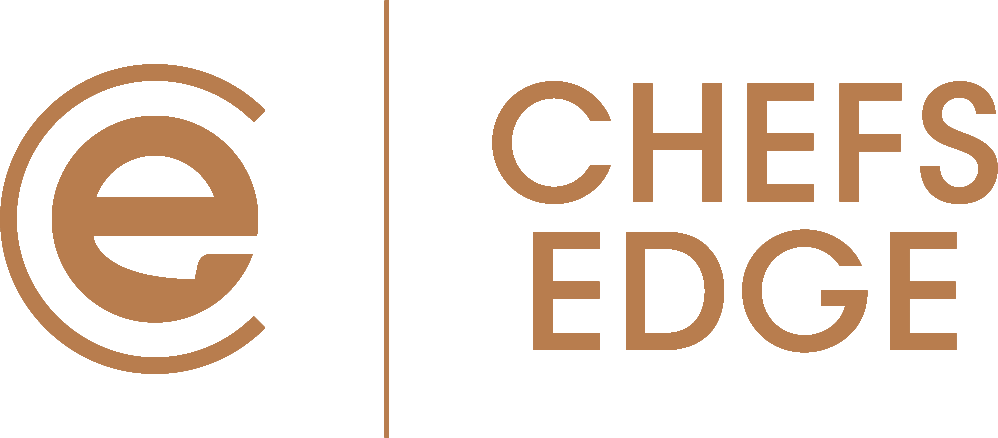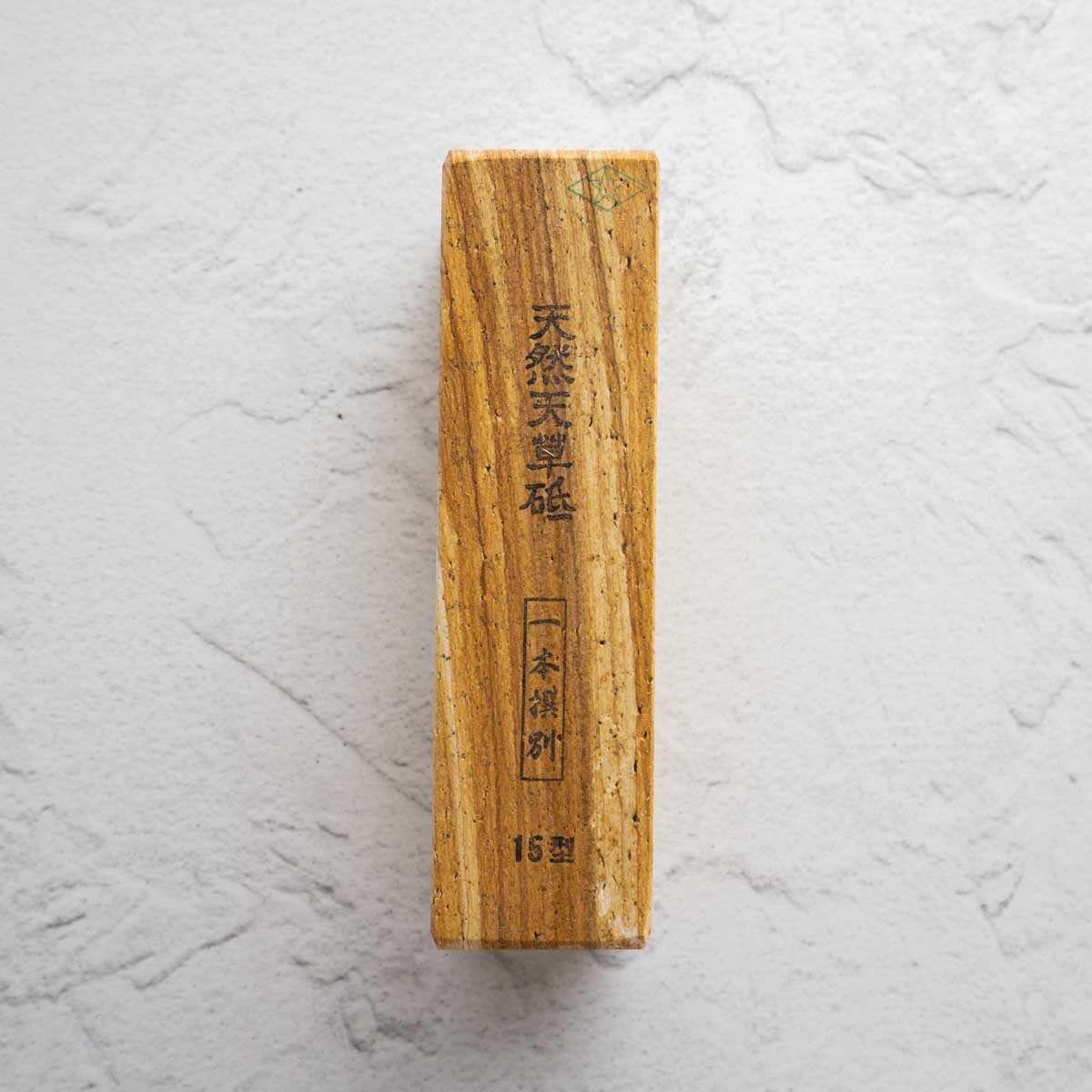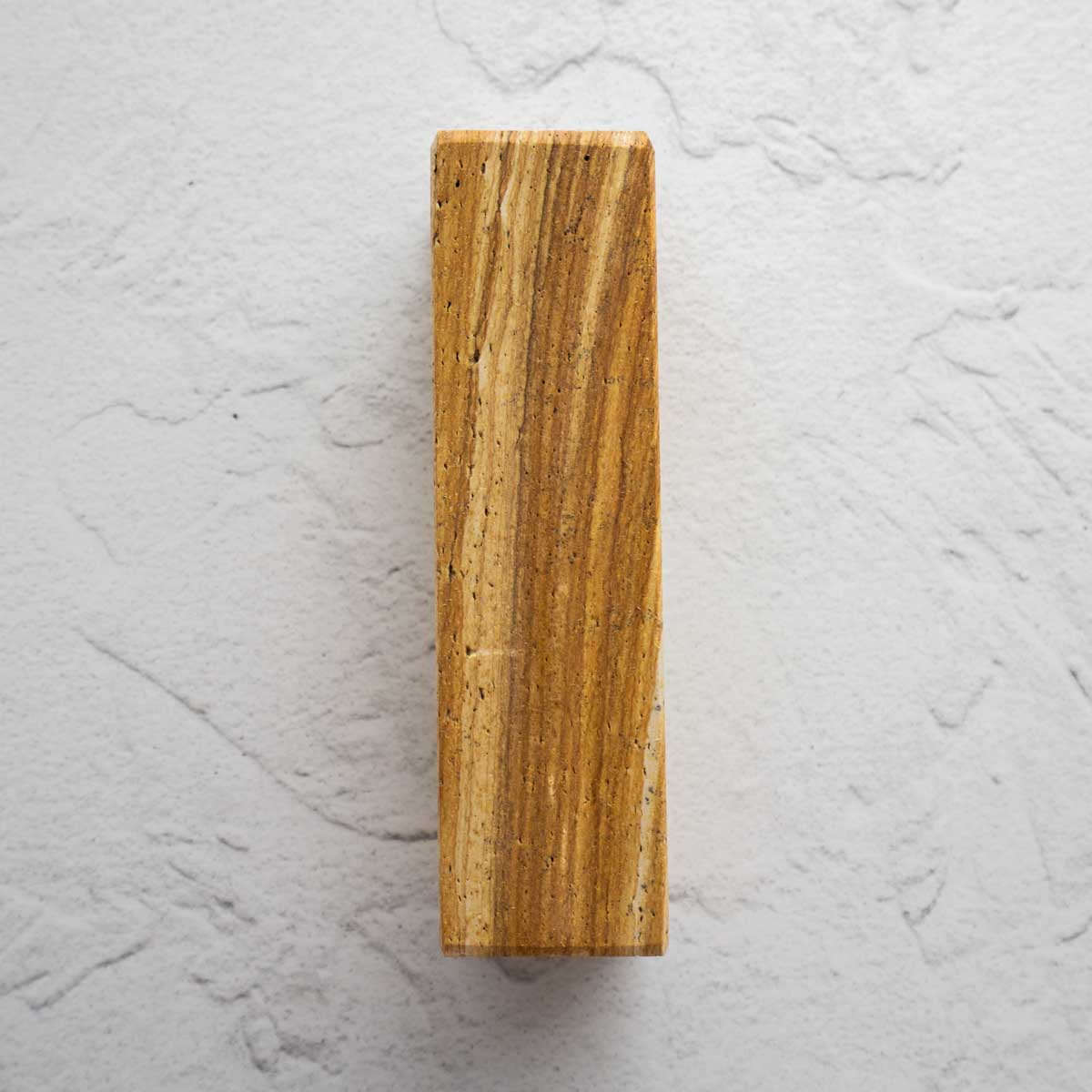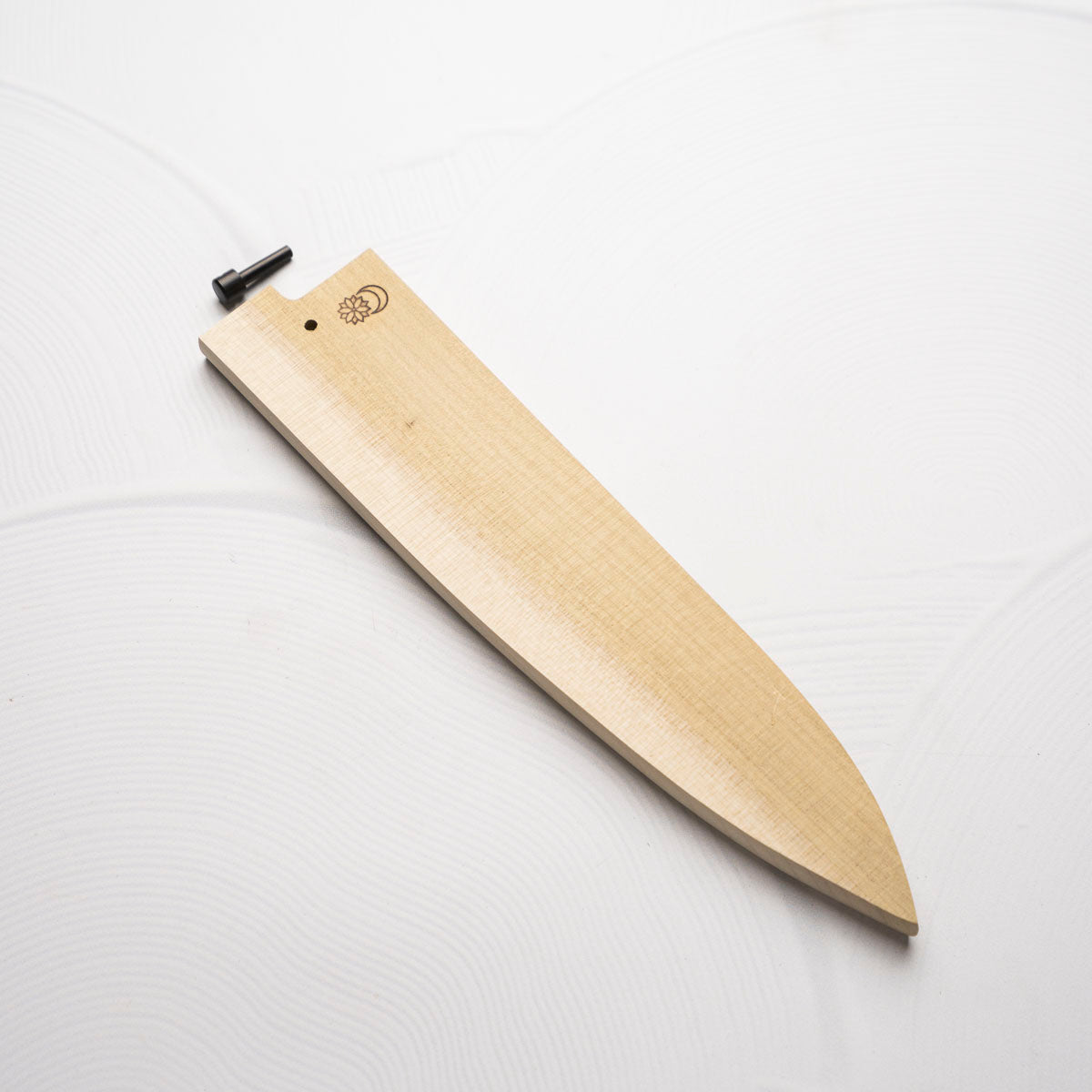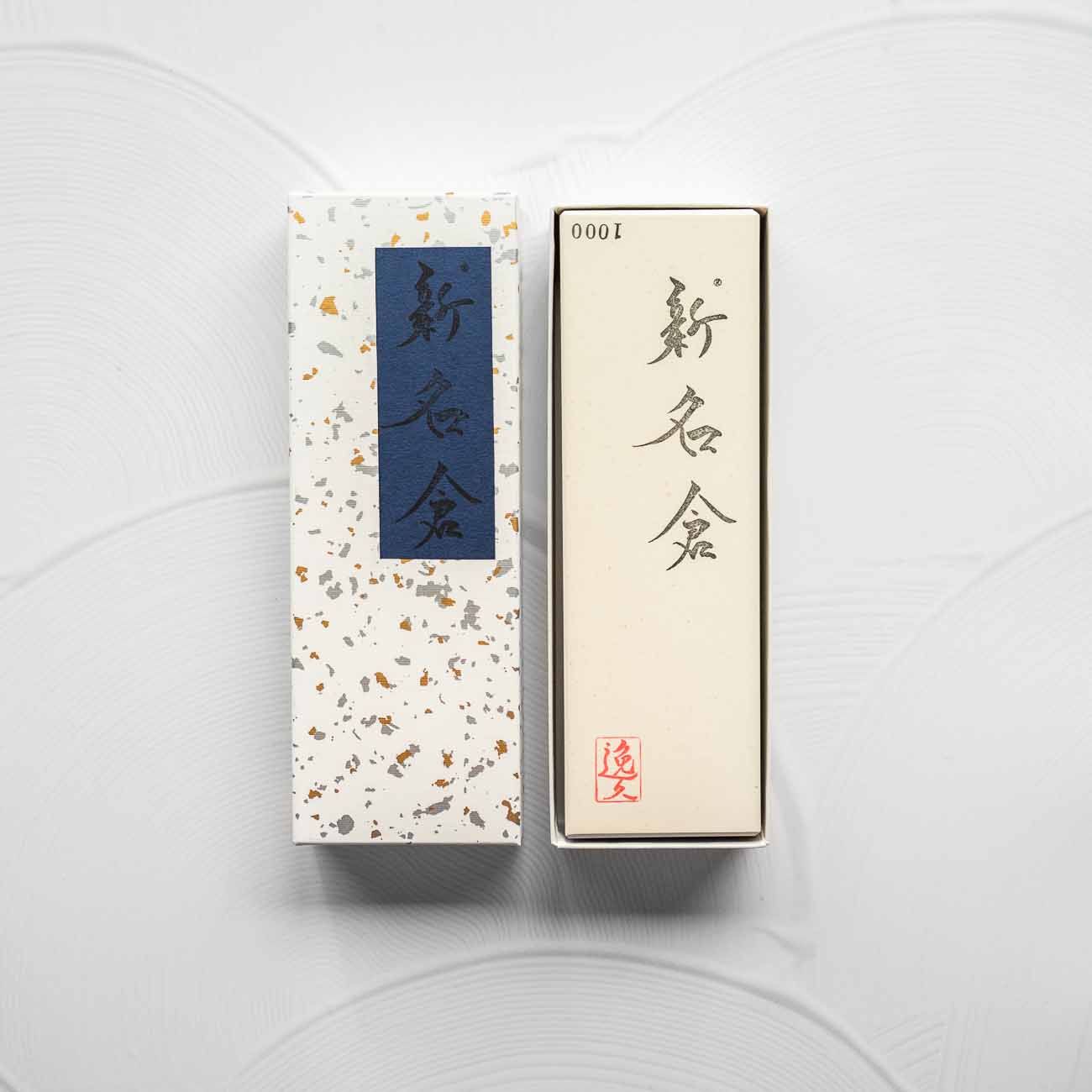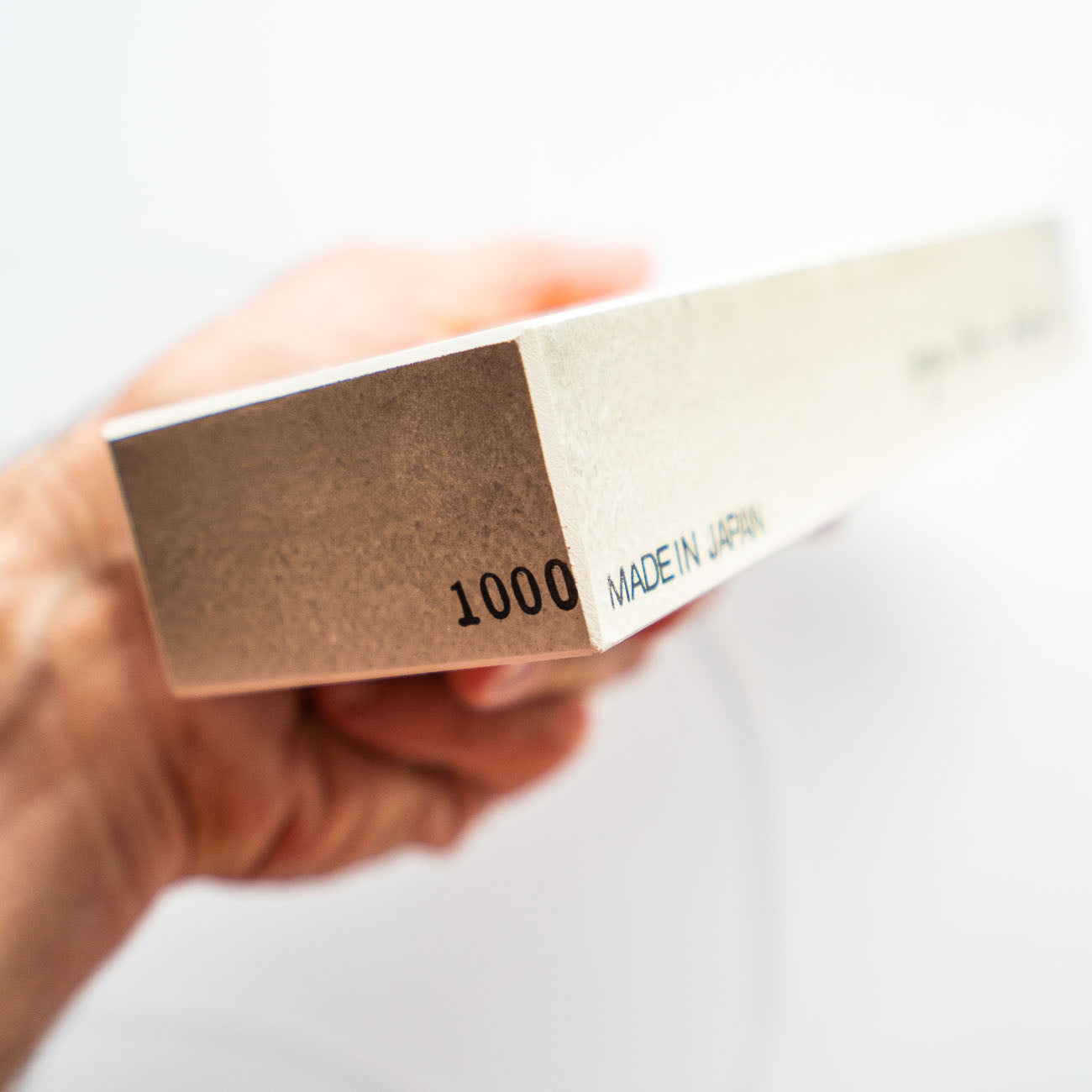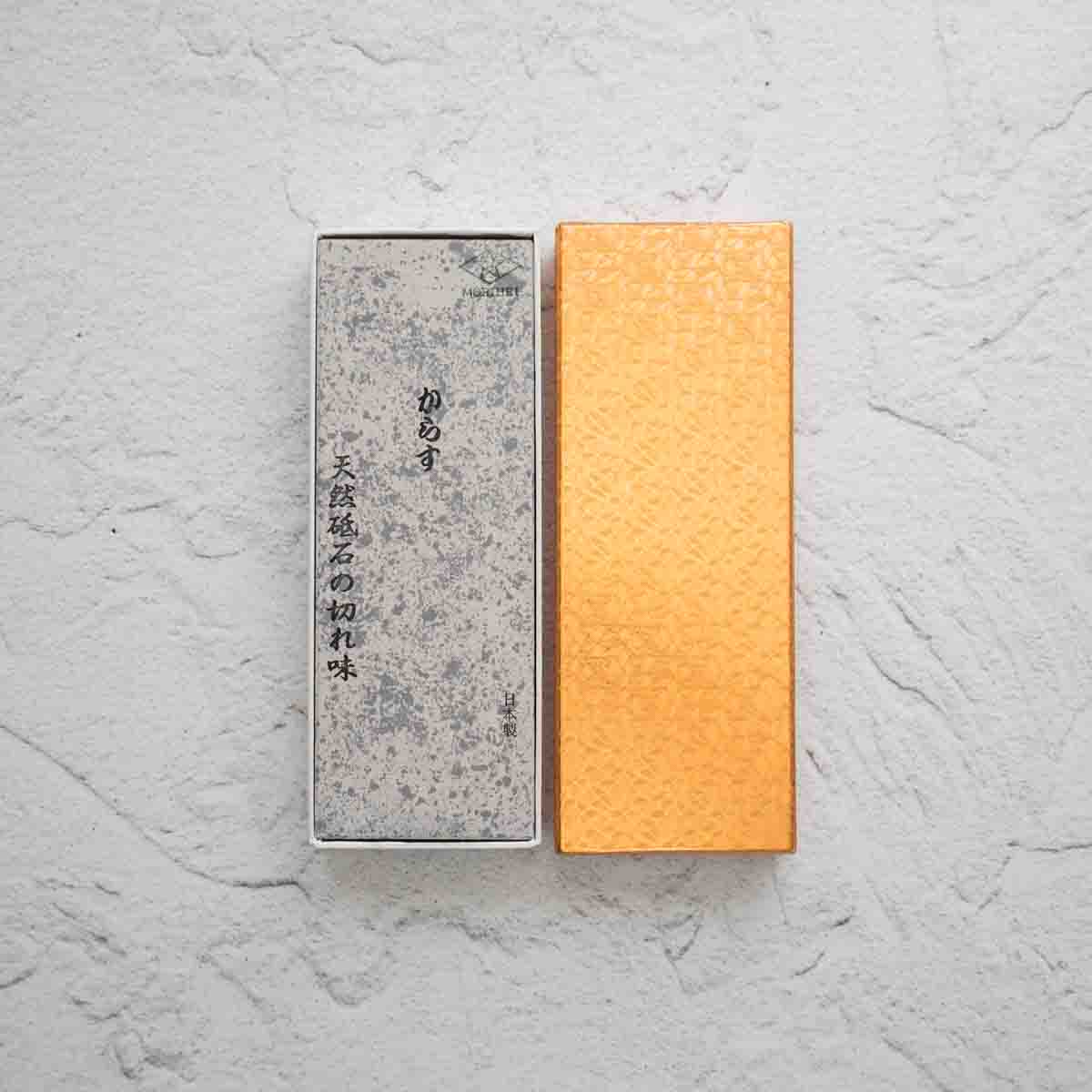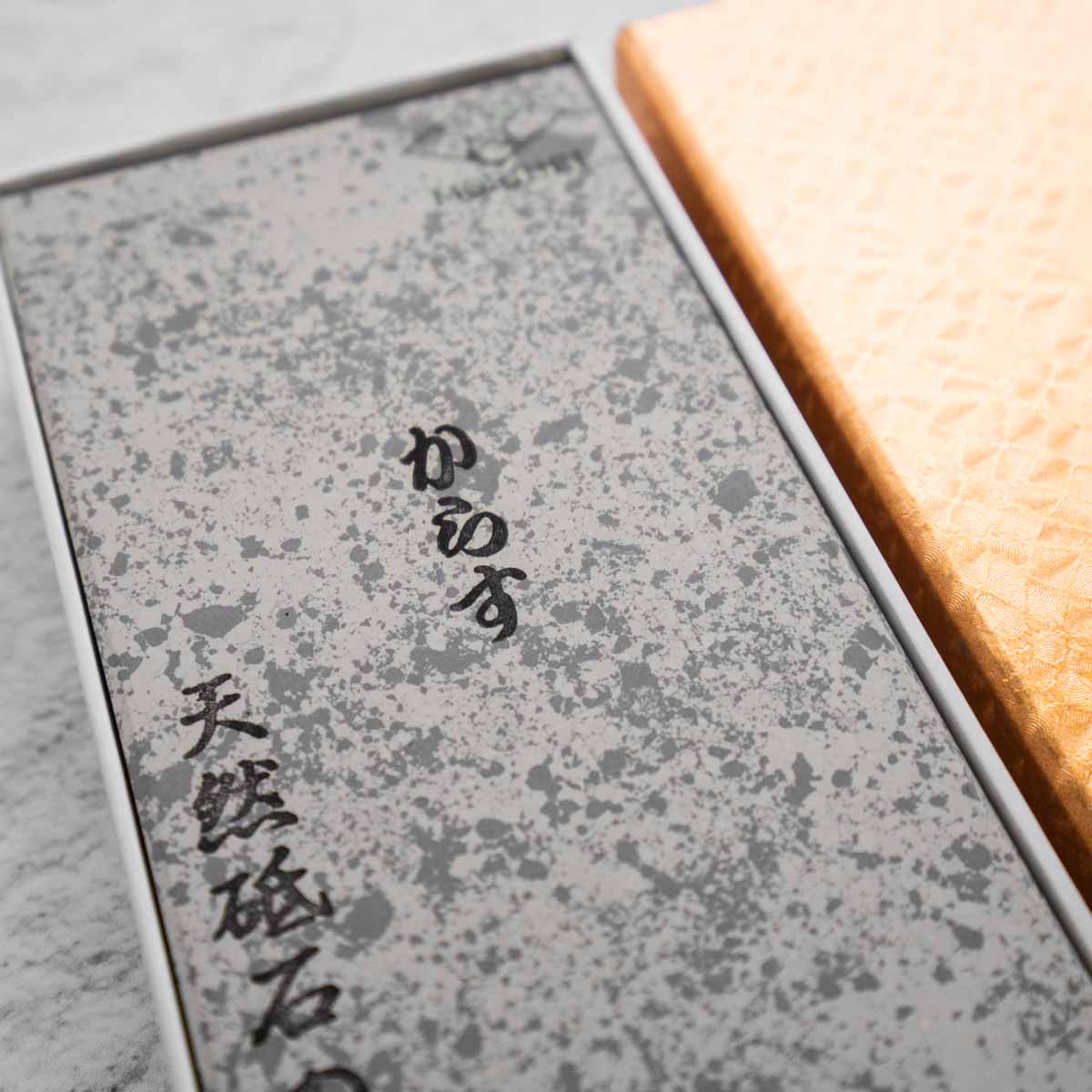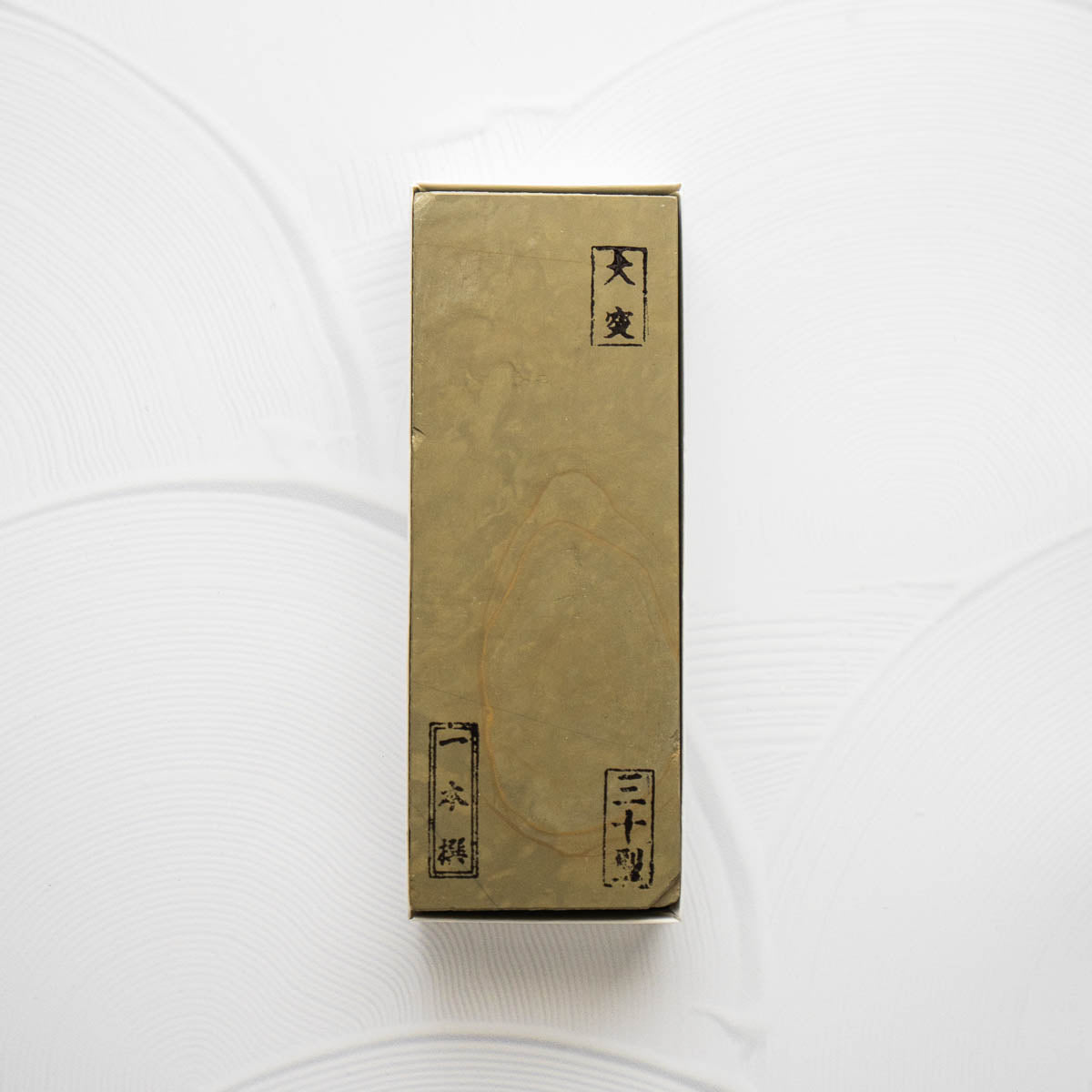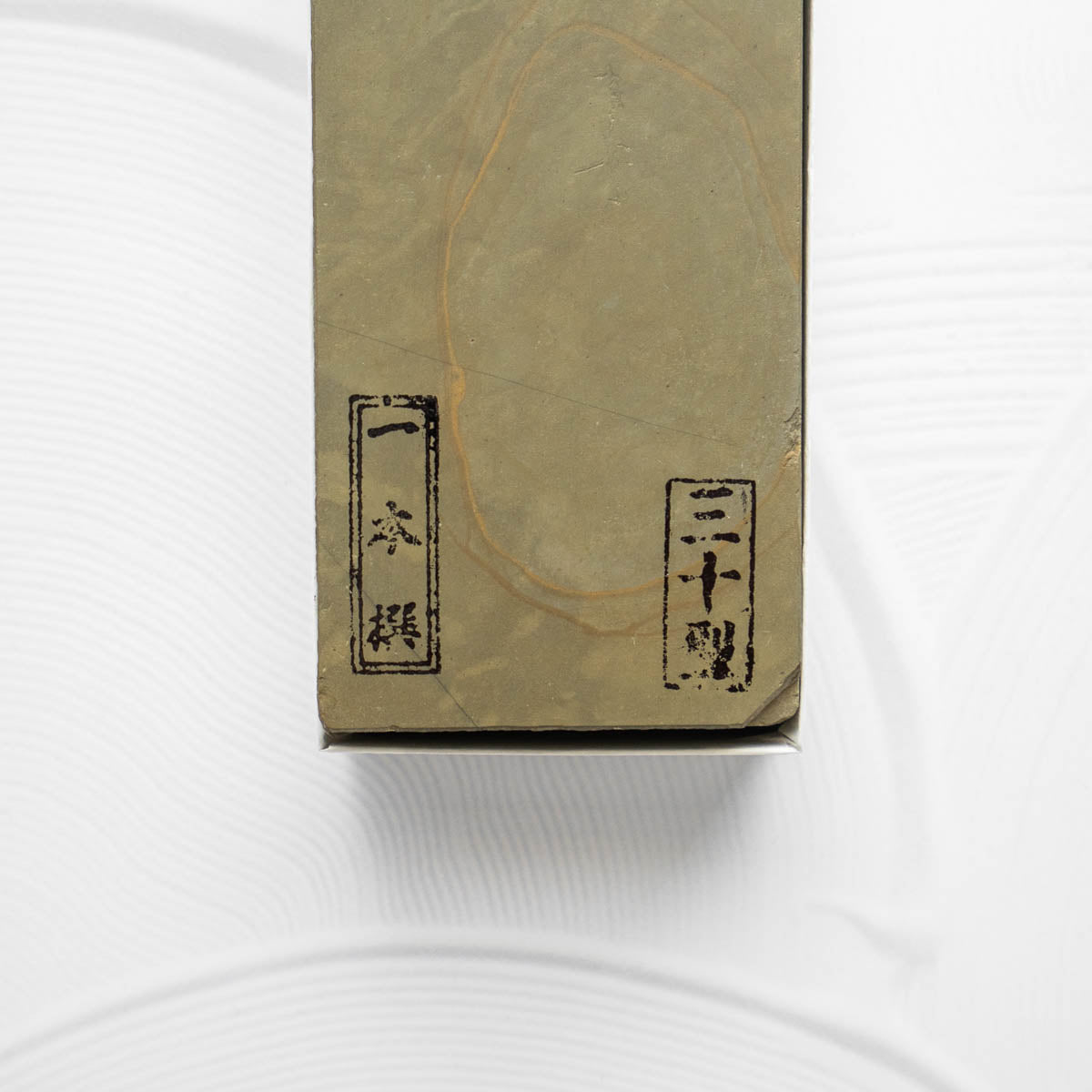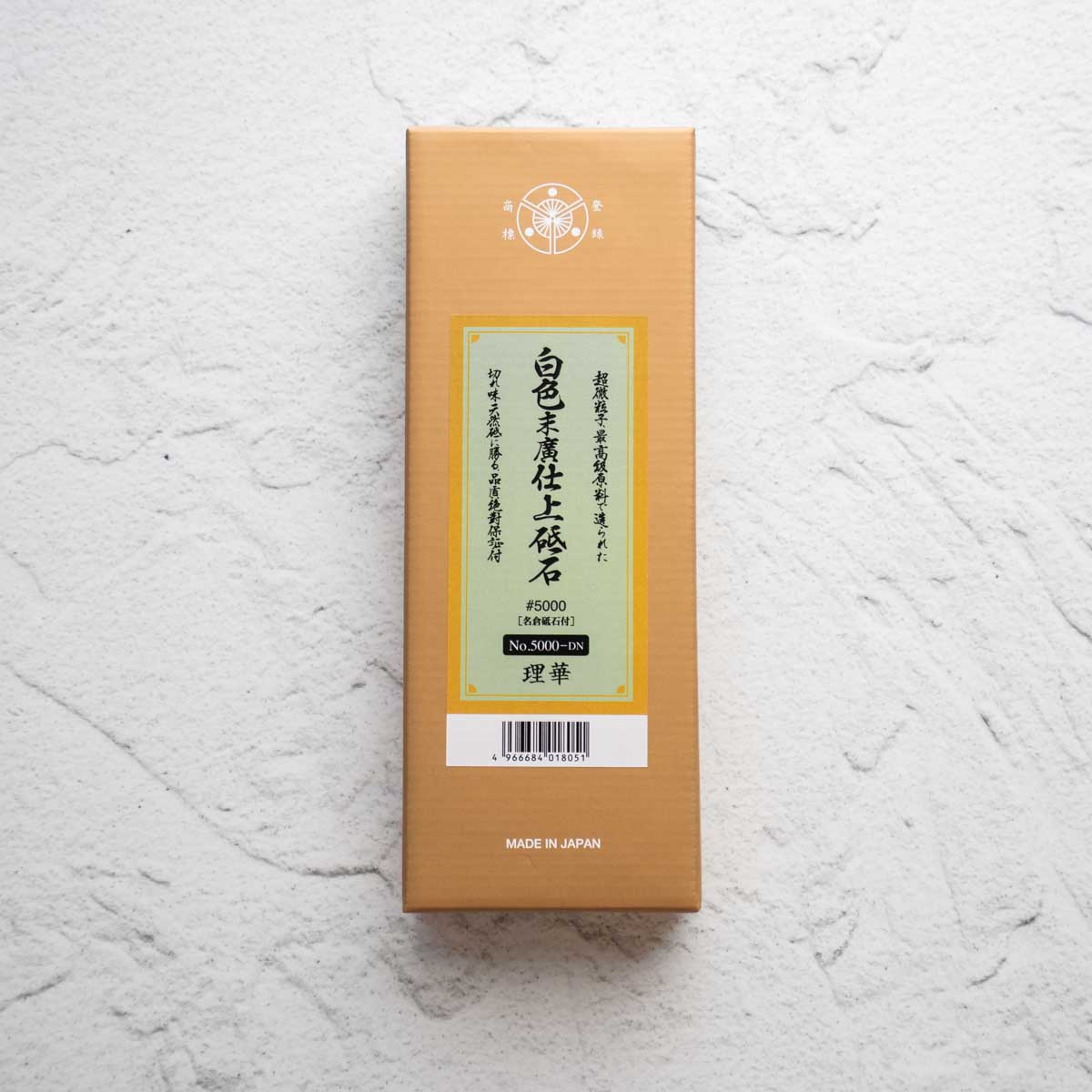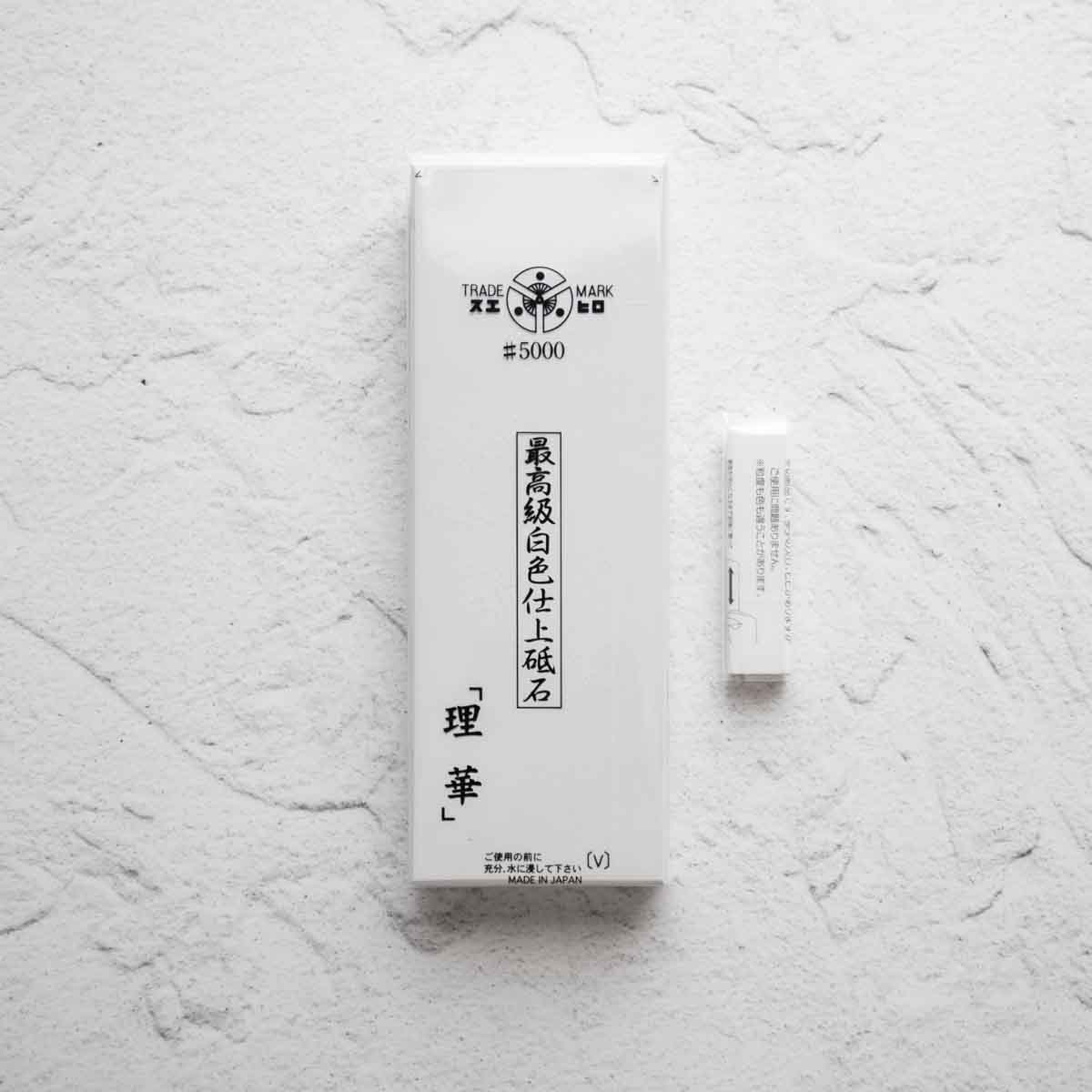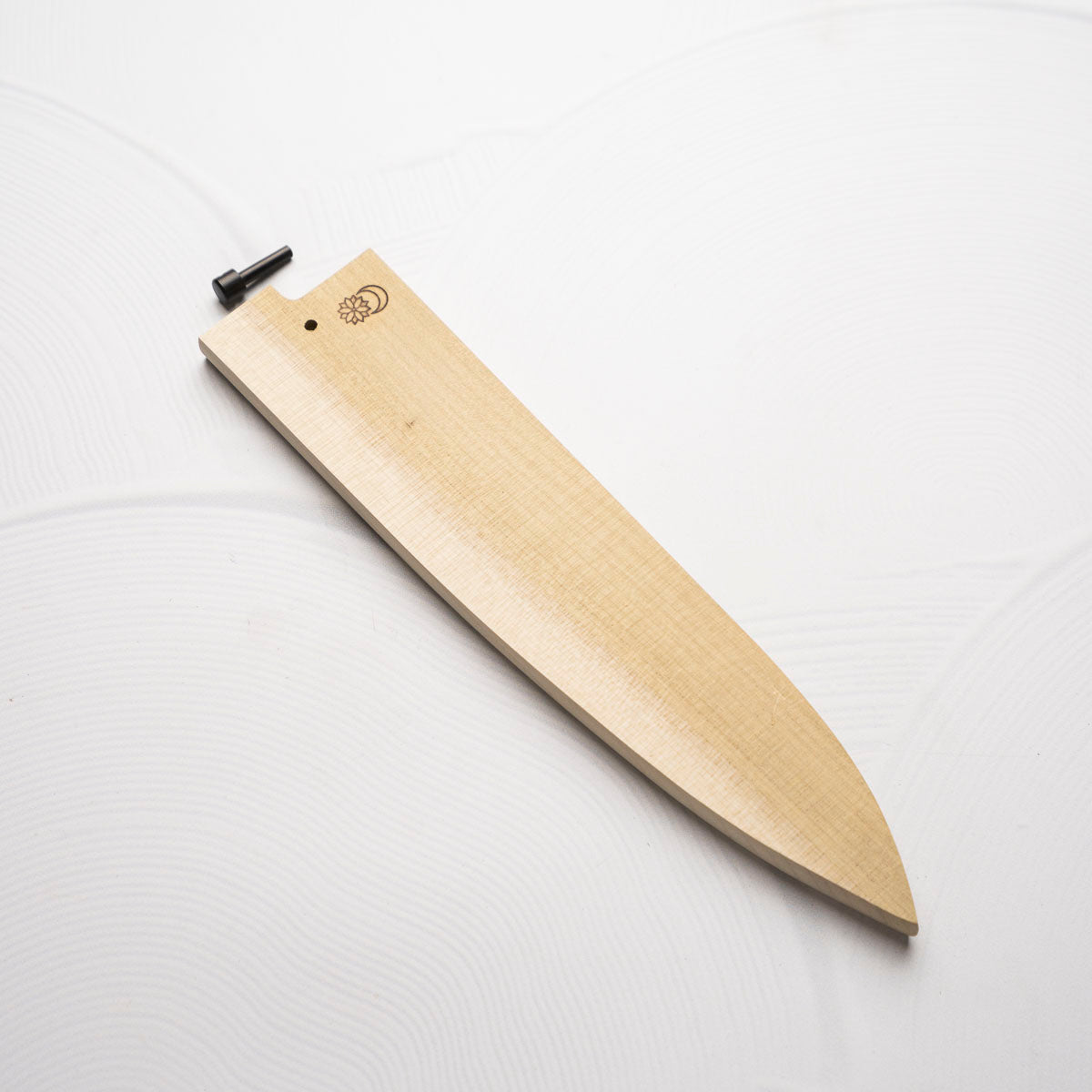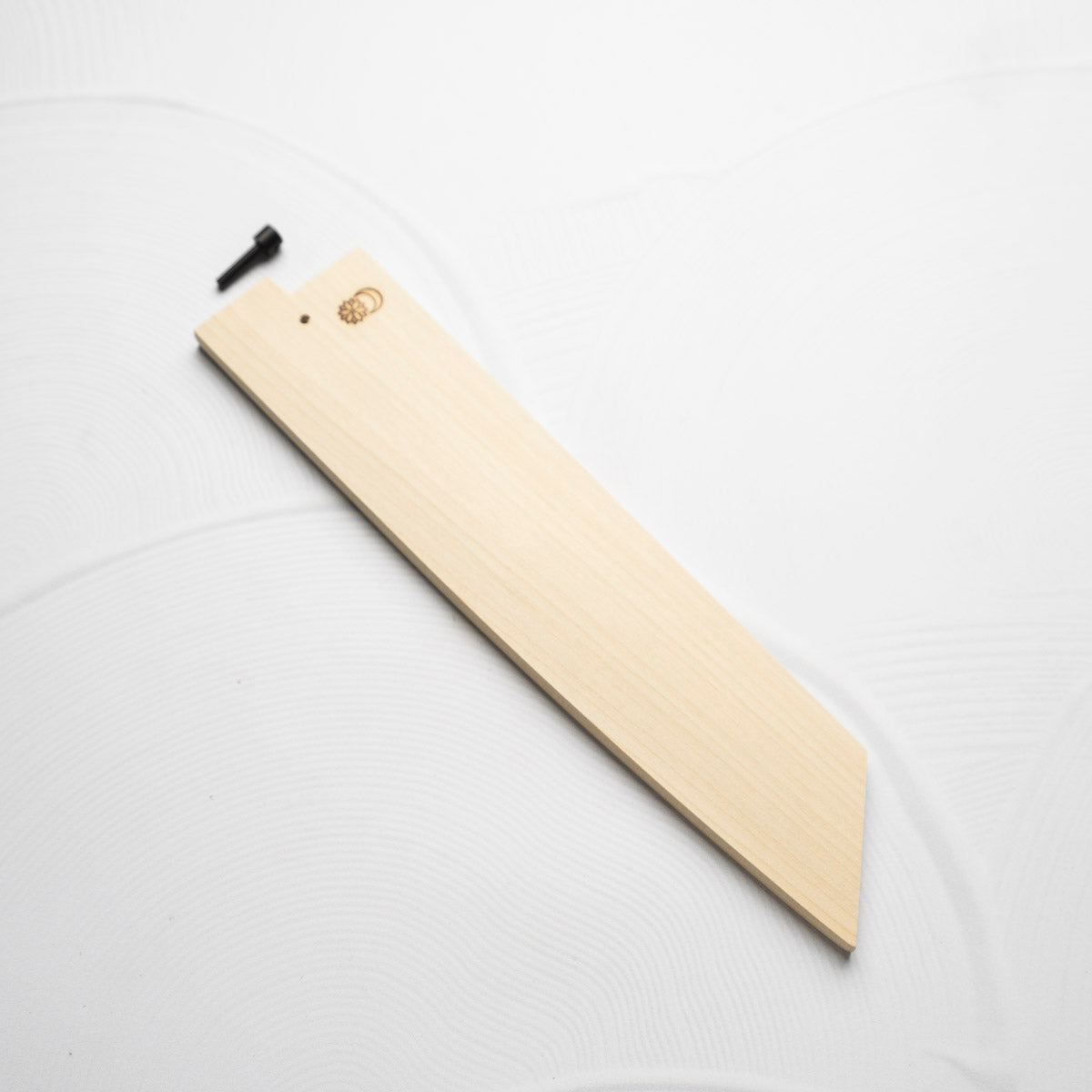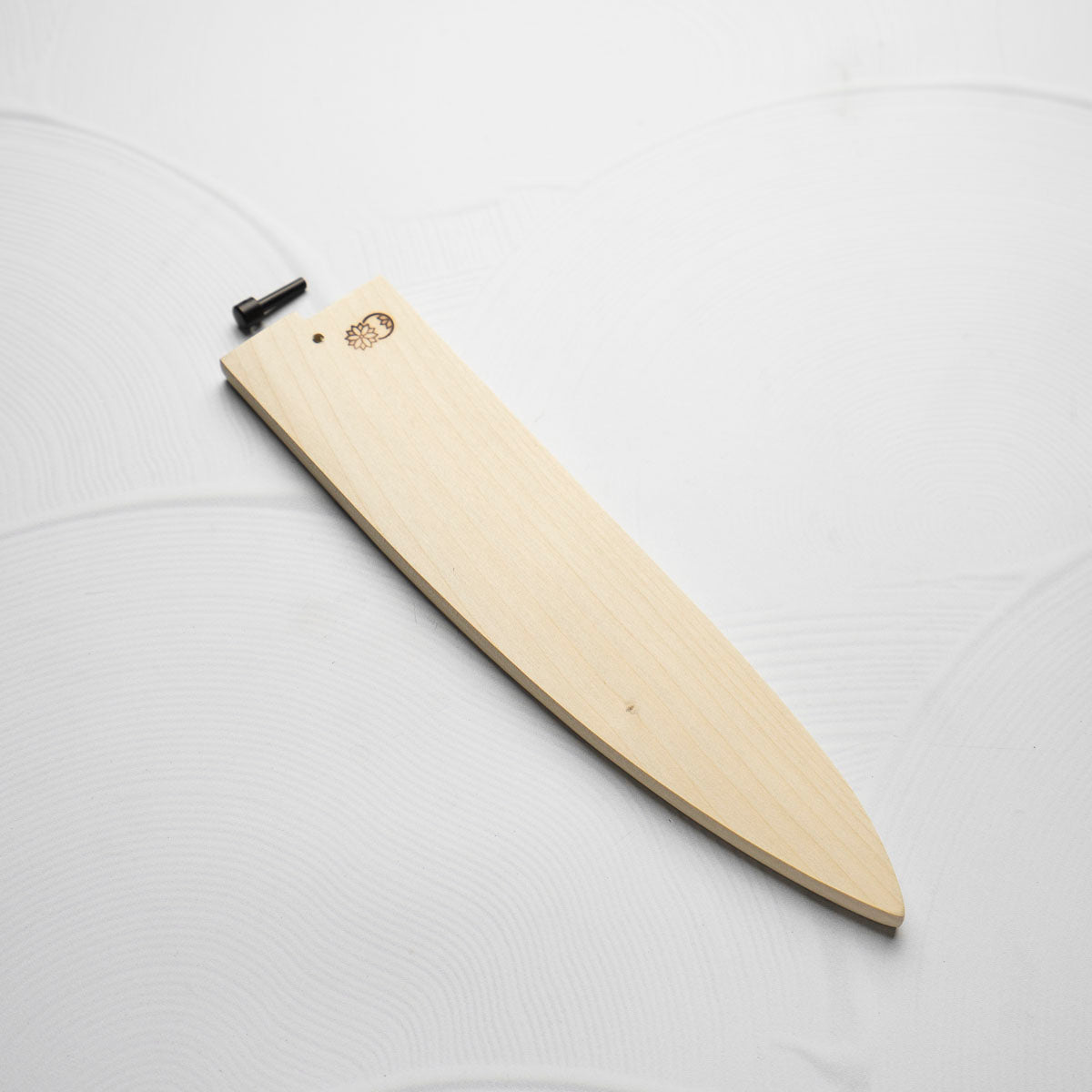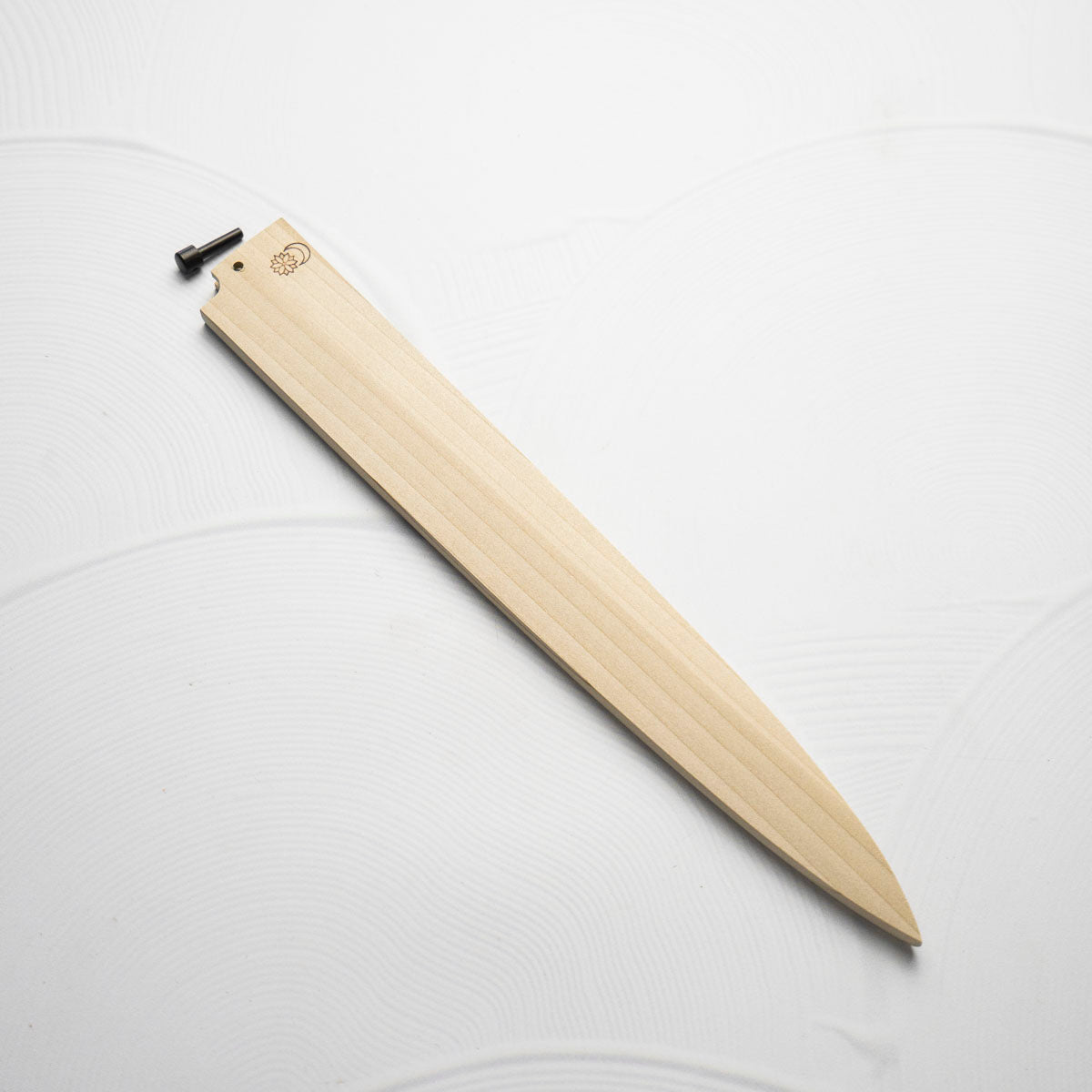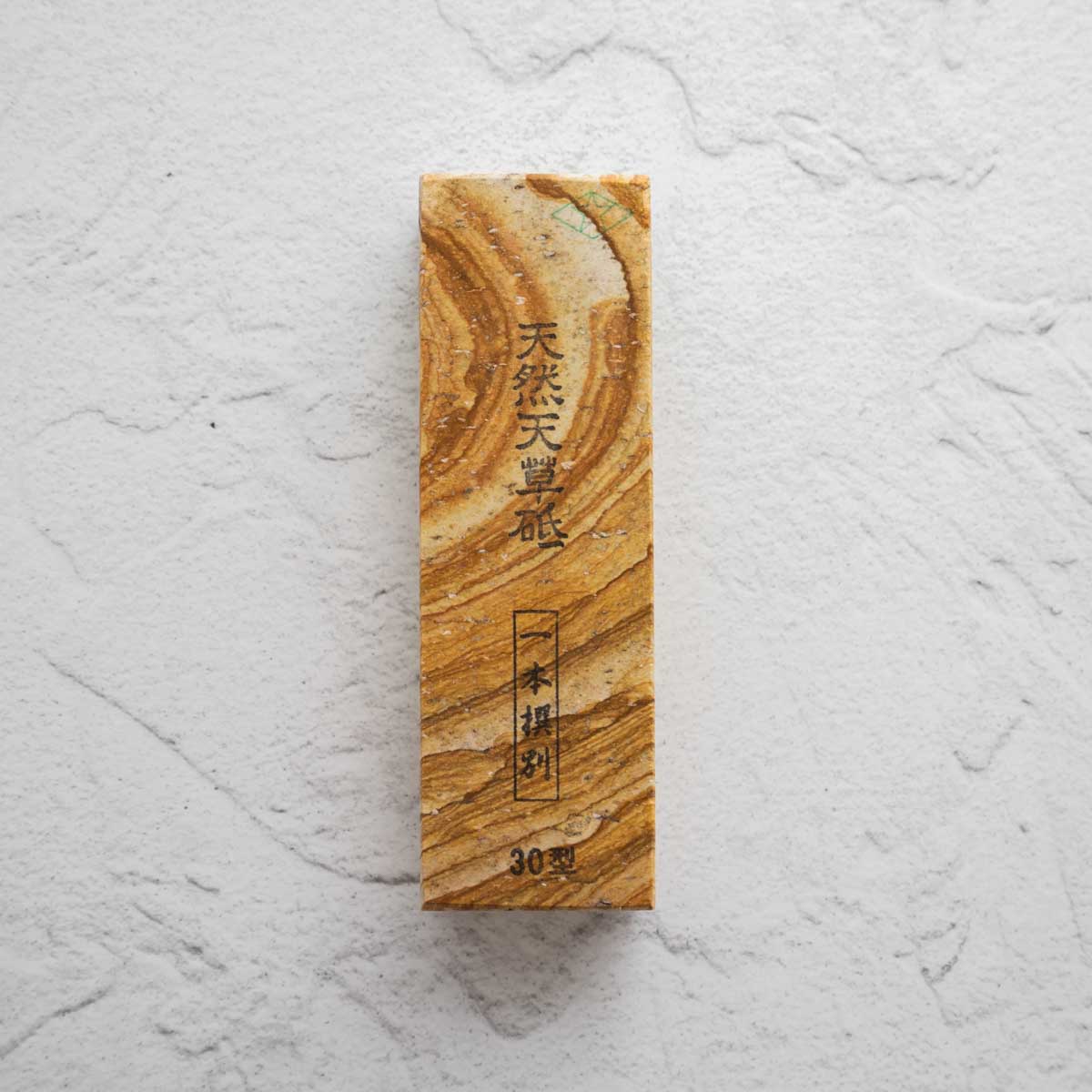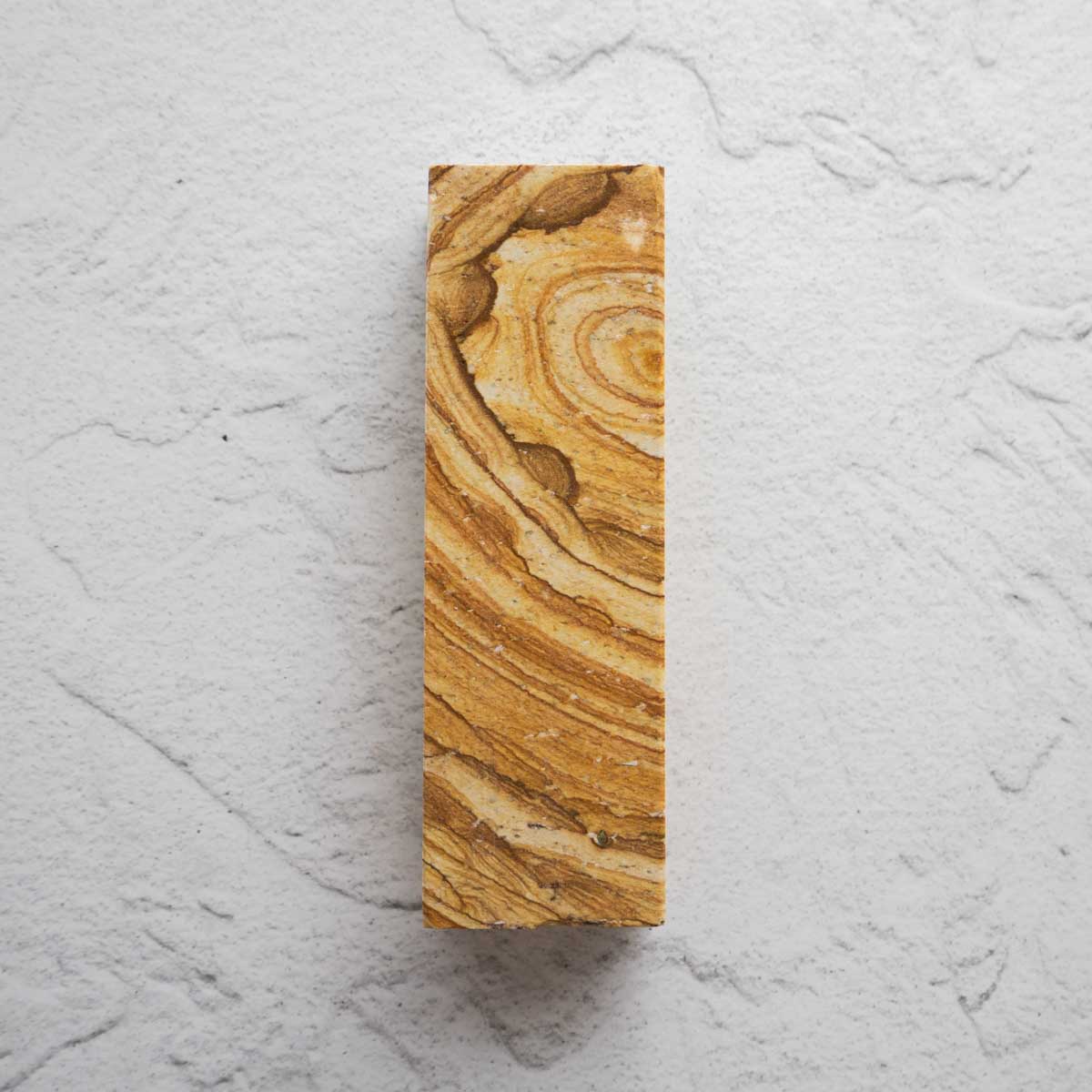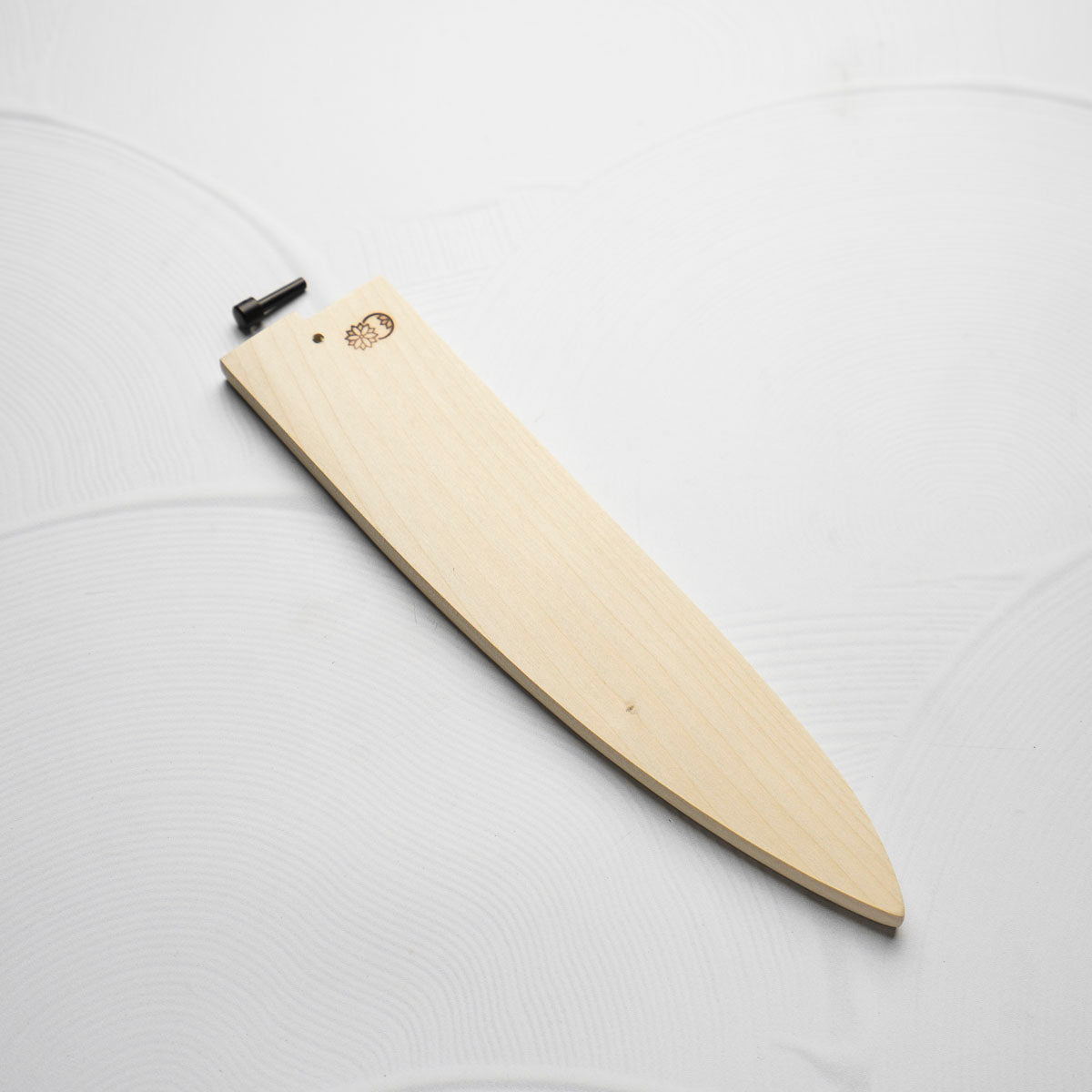Sort by:
281 products
281 products
Knife Information
1894- Mr. Tasaburo Shigematsu, a hardware wholesaler, introduced a new pocket knife with its blade and sheath folded by installing a small handle “Chikiri (tail)” on the blade, while inspired by the knife he brought back from Kagoshima.
He named it “Higonokami Knife” because many of his customers were in Kumamoto area (formally Higo country), which turned out to dramatically increase his sales. The blades have gradually changed their shapes. Unlike single-edged knives, the double-edged blades (V-shaped cross section) were in those days considered common. The earlier blades had a sharper tip (shape of a bamboo leaf), but now they have square shapes. The sheaths had a vertically folding style and a cross folding style, now the vertical one has to be custom made.
In 1911, at the First Kobe Export Articles Competitive Exhibition, Crown Prince (later Emperor Taisho) liked Higonokami on display very much and bought one, which is said to have helped its fame further spread.
The Higonikami is a fantastic traditional utility knife at a low cost.
Specifications
| Style: | Higonokami |
| Blade Length: | 92mm |
| Weight: | 70g |
| Bevel: | Double Bevel |
| Blade Material: | Laminated SK Carbon Steel |
| Handle Material: | Black Nickel |


Custom Magnolia Saya - Kikuzuki Kasumi Kiritsuke Yanagiba 270mm
Custom Magnolia Saya - Kikuzuki Kasumi Kiritsuke Yanagiba 270mm
About the Natsuya
The Amakusa is a natural whetstone used at the start of a natural stone progression. They are of slighter higher hardness and are fast cutting.
All natural stone sales are final, we try to provide the best possible representation of the stone via our images.
*Available to Australian customers only - International customers please contact us to purchase*
Accessory Information
Oroghigane Grater's are perfect for Ginger, Garlic or traditionally Wasabi and Daikon. Available in 4 sizes.
Watch this incredible video on how the graters are made by hand here: https://www.youtube.com/watch?v=-D6G_wvVEcY
FINAL STOCK - this item will not be getting restocked after sold out.
Knife Information
1894- Mr. Tasaburo Shigematsu, a hardware wholesaler, introduced a new pocket knife with its blade and sheath folded by installing a small handle “Chikiri (tail)” on the blade, while inspired by the knife he brought back from Kagoshima.
He named it “Higonokami Knife” because many of his customers were in Kumamoto area (formally Higo country), which turned out to dramatically increase his sales. The blades have gradually changed their shapes. Unlike single-edged knives, the double-edged blades (V-shaped cross section) were in those days considered common. The earlier blades had a sharper tip (shape of a bamboo leaf), but now they have square shapes. The sheaths had a vertically folding style and a cross folding style, now the vertical one has to be custom made.
In 1911, at the First Kobe Export Articles Competitive Exhibition, Crown Prince (later Emperor Taisho) liked Higonokami on display very much and bought one, which is said to have helped its fame further spread.
The Higonikami is a fantastic traditional utility knife at a low cost.
Specifications
| Style: | Higonokami |
| Blade Length: | 70mm |
| Weight: | 32g |
| Bevel: | Double Bevel |
| Blade Material: | VG10 Stainless Steel |
| Handle Material: | Custom Engraved Ebony |
Accessories Information
The Ikyu 1000 grit is definitely different from many other stones we stock. Due to it's unique production method and relatively secretive blend ratio, it feels coarser, cuts faster, and feels more like a natural stone compared to many other 1000 grits.
It lays a fantastic base to progress to the Ikyu 3000, a blend of Mikawa Nagura and synthetic powder. It's extra thickness makes for a great value stone. These stones need to be soaked before use.
Knife Information
1894- Mr. Tasaburo Shigematsu, a hardware wholesaler, introduced a new pocket knife with its blade and sheath folded by installing a small handle “Chikiri (tail)” on the blade, while inspired by the knife he brought back from Kagoshima.
He named it “Higonokami Knife” because many of his customers were in Kumamoto area (formally Higo country), which turned out to dramatically increase his sales. The blades have gradually changed their shapes. Unlike single-edged knives, the double-edged blades (V-shaped cross section) were in those days considered common. The earlier blades had a sharper tip (shape of a bamboo leaf), but now they have square shapes. The sheaths had a vertically folding style and a cross folding style, now the vertical one has to be custom made.
In 1911, at the First Kobe Export Articles Competitive Exhibition, Crown Prince (later Emperor Taisho) liked Higonokami on display very much and bought one, which is said to have helped its fame further spread.
The Higonikami is a fantastic traditional utility knife at a low cost.
Specifications
| Style: | Higonokami |
| Blade Length: | 65mm |
| Casing Length: | 90mm |
| Casing Width: | 15mm |
| Weight: | 33g |
| Bevel: | Double Bevel |
| Blade Material: | Laminated SK Carbon Steel Nashiji Finish |
| Handle Material: | Black Steel |
Accessories Information
A synthetic marvel made by Morihei Japan, the Hishiboshi whetstones feel like natural stones, require no soaking, are extremely long lasting and offer excellent tactile feedback. The Karasu are the special edition in this range, made from natural whetstone powder. They are one of the finest finishing stones available.
- Finishing Whetstone for final polishing
- Medium Hardness, Excellent Tactile Feedback
- Size: 210 x 75 x 26mm
- 780g
About the Ozuku
This stone is a very fine, hard finishing stone around ~10,000 grit. Simply splash and go, work up a slurry preferably with a Nagura stone, as this stone does not form a slurry quickly.
Named for the site of its origin, the Ozuku Japanese Natural Whetstone is a product of its homeland’s finest honing practices. Although the material used to produce these pieces comes from the same site, its depth means that there can be significant differences between individual stones. As a result, even though most of these stones fall within 8,000 to 12,000 grit, the actual grit size must be discovered through actual usage. Customers should bear in mind that these pieces are meant to be used along with nagura stones, which are rubbed atop their wet surfaces to produce an abrasive slurry.
Ozuku are mined in Kyoto Japan, one of the Higashi-mono, referring to a collection of five quarries famous since ancient times for their sharpening stones. Stones from Ozuku are renowned for their fine grain and exceptional hardness, though some examples can be too hard at times.
All natural stone sales are final, we try to provide the best possible representation of the stone via our images.
*Available to Australian customers only - International customers please contact us to purchase*
Accessories Information
These Japanese made whetstones are some of the most popular on the market due to their consistent quality and excellent performance. We find the stones to have excellent feedback and even wear. The Rika is a crowd favourite finishing stone for it's smooth as butter feel, delivering pristine edges with great bite.
- Size 1 Finishing Whetstone (white) #5000
- Whetstone Size 206×73×23mm
- Package Size 256×90×55mm
- Appr. 900g
- Soaking Stone
Knife Information
1894- Mr. Tasaburo Shigematsu, a hardware wholesaler, introduced a new pocket knife with its blade and sheath folded by installing a small handle “Chikiri (tail)” on the blade, while inspired by the knife he brought back from Kagoshima.
He named it “Higonokami Knife” because many of his customers were in Kumamoto area (formally Higo country), which turned out to dramatically increase his sales. The blades have gradually changed their shapes. Unlike single-edged knives, the double-edged blades (V-shaped cross section) were in those days considered common. The earlier blades had a sharper tip (shape of a bamboo leaf), but now they have square shapes. The sheaths had a vertically folding style and a cross folding style, now the vertical one has to be custom made.
In 1911, at the First Kobe Export Articles Competitive Exhibition, Crown Prince (later Emperor Taisho) liked Higonokami on display very much and bought one, which is said to have helped its fame further spread.
The Higonikami is a fantastic traditional utility knife at a low cost.
Specifications
| Style: | Higonokami |
| Blade Length: | 70mm |
| Weight: | 47g |
| Bevel: | Double Bevel |
| Blade Material: | Aogami (Blue) Steel |
| Handle Material: | Brass |
Knife Information
1894- Mr. Tasaburo Shigematsu, a hardware wholesaler, introduced a new pocket knife with its blade and sheath folded by installing a small handle “Chikiri (tail)” on the blade, while inspired by the knife he brought back from Kagoshima.
He named it “Higonokami Knife” because many of his customers were in Kumamoto area (formally Higo country), which turned out to dramatically increase his sales. The blades have gradually changed their shapes. Unlike single-edged knives, the double-edged blades (V-shaped cross section) were in those days considered common. The earlier blades had a sharper tip (shape of a bamboo leaf), but now they have square shapes. The sheaths had a vertically folding style and a cross folding style, now the vertical one has to be custom made.
In 1911, at the First Kobe Export Articles Competitive Exhibition, Crown Prince (later Emperor Taisho) liked Higonokami on display very much and bought one, which is said to have helped its fame further spread.
The Higonikami is a fantastic traditional utility knife at a low cost.
Specifications
| Style: | Higonokami |
| Blade Length: | 74mm |
| Weight: | 53g |
| Bevel: | Double Bevel |
| Blade Material: | Laminated SK Carbon Steel |
| Handle Material: | Black Nickel |
Knife Information
These handmade Japanese micro scissors were originally designed many years ago for use as thread scissors, however they are widely used in commercial kitchen environments as herb scissors.
Specifications
| Style: | Thread Scissor |
| Blade Length: | 125mm |
| Weight: | 30g |
| Blade Material: | Carbon Steel |
About the Natsuya
The Amakusa is a natural whetstone used at the start of a natural stone progression. They are of slighter higher hardness and are fast cutting.
All natural stone sales are final, we try to provide the best possible representation of the stone via our images.
*Available to Australian customers only - International customers please contact us to purchase*
Accessories Information
This synthetic/natural powder (Mikawa Nagura) blend is a perfect finisher for most carbon steels. Designed to be used after the 3000 grit Ikyu Shin Nagura.
These are soaking stones on the softer side which are best used with a slurry, so use a lapping plate or Nagura stone.
Chef's Edge
We pride ourselves on offering an unparalleled selection of Japanese knives. From the versatile Gyuto and the precise Santoku to specialized knives like the Nakiri and Yanagiba, each knife is handpicked for its quality and performance.
